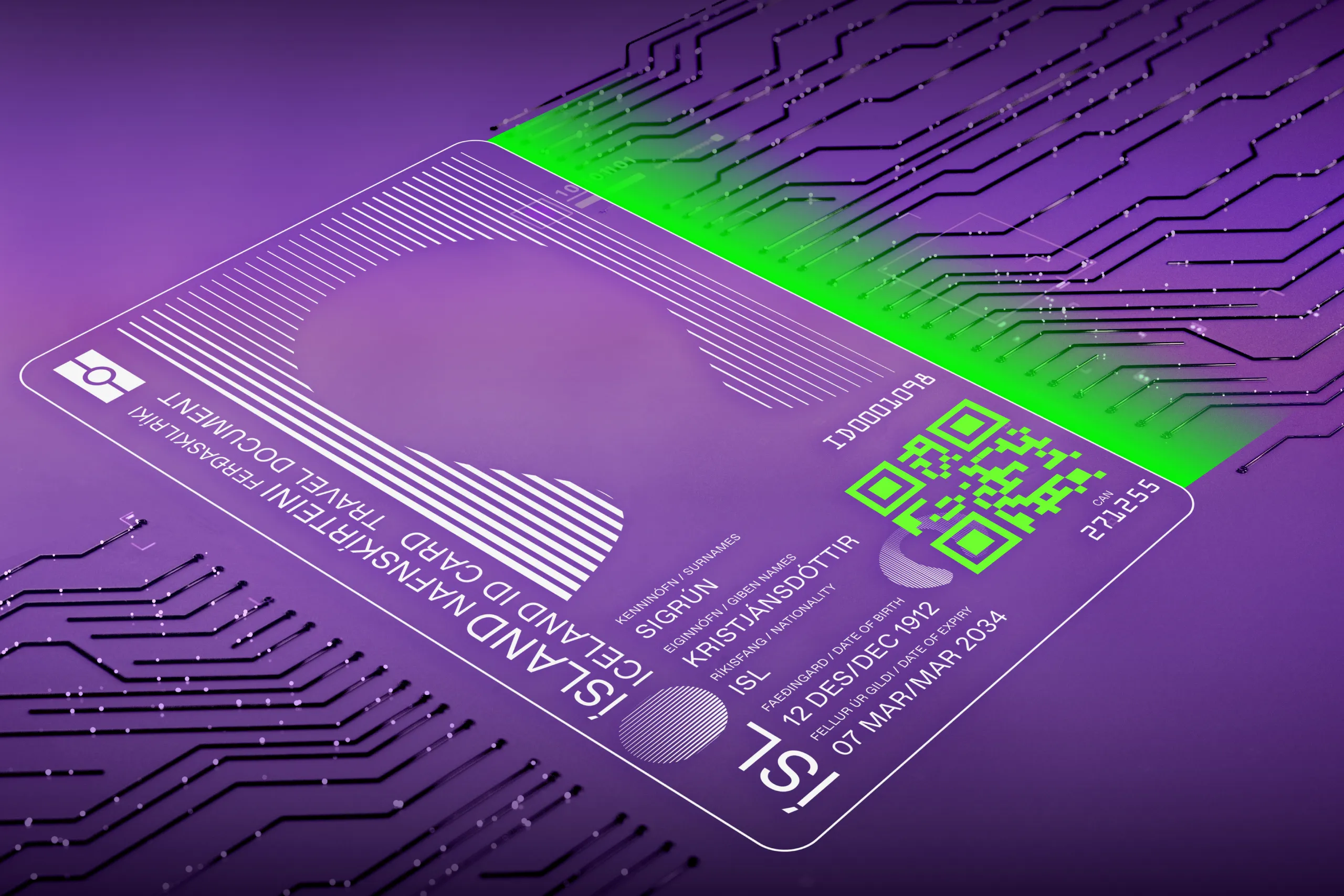Laos is best known for its natural beauty, rich cultural heritage, and laid-back lifestyle. Often described as one of the most peaceful countries in Southeast Asia, it has averaged just about 2,000 international visitors a year over the past decade, according to UN Tourism data.
Laotians themselves don’t travel abroad frequently either. Nevertheless, their travel and domestic identity documents deserve attention. They come with unique features and potential verification challenges, especially in online scenarios.
Let’s see the details.
The challenges of processing Laotian IDs
Identity documents from many Asian countries often present specific verification challenges. These may include personal details in non-Latin scripts, uncommon calendar systems for dates, hard-to-scan laminated substrates, non-standard ID layouts, and vivid dynamic security features that may obscure text or photos.
Let’s look at how these issues apply to Laotian identity documents.
The Lao language’s script
The country’s official language belongs to the same language family as Thai and Khmer. Like its linguistic relatives, Lao uses a complex script known as Abugida.
All Laotian IDs use Lao. In passports and driver’s licenses, it appears alongside French and English. However, other domestic documents like national ID cards are in Lao only.
This means your IDV system must recognize Lao script and match the results with text in the visual inspection zone and machine-readable zone (MRZ), if present.
.webp)
The Laotian passport displays the holder’s name in both Lao and English transliteration.
.webp)
Laotian driver’s licenses also use three languages. Unlike the passport, they contain more personal data, such as name, address, and nationality, in both Lao and English.
One more unusual feature of Laotian driver’s licenses is the absence of a gender field. This isn’t unique to Laos—it’s also common in other countries in the region, like Thailand. Smart identity verification tools, such as Regula Document Reader SDK, are designed to handle this. They can identify gender based on titles like Mr., Miss, or Mrs., which are specified in the driver’s license next to the holder’s name in both Lao and English.
Potential OCR failures during ID capture
Laotian identity documents are visually striking—something they share with many other Asian countries and island nations that have issued some of the world’s rarest passports. These IDs often have colorful background patterns printed on paper-based substrates, and are typically laminated.
In remote verification, these design features can create extra challenges during the capture stage. Holographic elements and intricate design details may interfere with accurate scanning. Laminated surfaces often cause glare, while holographic features can reflect light intensely—especially if the user takes the image using a flashlight.
This makes it difficult for Optical Character Recognition (OCR) technology to process the text, particularly when the scan is taken with a low-resolution mobile camera.
.webp)
When scanned at an angle, the Laotian passport reflects incident light, highlighting national symbols and the official name—Lao People's Democratic Republic (Lao PDR). In such conditions, the text may become unreadable.
.webp)
Unlike its bright yellow front, the reverse side of the Laos driver’s license is white and minimalistic, showing vehicle category data. No challenges for OCR there.

Both the national ID card and the driver’s license include a red stamp that may overlap text. Also, in the Laos ID card, a laminated lime-green background—although visually appealing—offers poor contrast against black printed text.
💡Interestingly, Laos also issues specific versions of domestic IDs for residents and foreign nationals. For example, non-citizens may receive stay and work permits, or a temporary driver’s license. Since these documents are non-standard, they’re rarely used in remote IDV.
Most Laotian IDs are non-biometric
While NFC verification is one of the most secure methods for remote document checks, it can only be applied to Laotian passports. The country began issuing biometric passports in 2016. These documents are fully ICAO-compliant and contain an RFID chip storing the holder’s facial image and signature, in addition to a printed photo on the data page.
However, domestic IDs—such as national identity cards and driver’s licenses—are more commonly used in everyday verification contexts, and they remain non-electronic. Furthermore, these documents don’t include machine-readable elements like barcodes or MRZs.
A reliable IDV solution must perform full document authentication by analyzing fine details: layout consistency, character spacing, font types, and data structure. These small elements are critical for detecting fraud in non-biometric documents.
Laotian family books: A unique ID type
Family books are another important identity document in Laos. Issued by the Ministry of Public Security, they are required alongside Lao ID cards and are widely used by Lao citizens.
These paper booklets contain key life records—birth and marriage certificates, educational histories, work permits, and portraits with birthdates of all family members. Typically, they are life-long documents, updated only when a family adds a new member or changes address.
Interestingly, family books are not exclusive to citizens. Long-term foreign residents can also obtain them. The distinction lies in the cover: red for international residents and dark blue for Lao nationals.
How to effectively process Laotian IDs
The challenges mentioned above can be handled easily with the right technologies in place. Here’s what your IDV solution should include:
Automated document capture and quality assessment—These features help users capture appropriate ID scans on the first try. With Laotian IDs, which often feature complex background designs and laminated surfaces, this functionality is essential.
Accurate OCR engines—The Lao language uses a non-Latin script, where both letter shape and spacing require high-precision algorithms for correct OCR processing. Lao recognition goes without saying.
A comprehensive document template database—As a requirement for any online ID verification, a broad reference database is critical for diverse Laotian IDs.
NFC verification functionality—Since Laotian passports contain RFID chips, NFC-based validation simplifies the process. However, to ensure secure results, the solution must also follow the zero trust to mobile approach—checking both chip data integrity and how it’s read by the device.
Regula Document Reader SDK delivers all of this and more—ensuring fast, secure, and user-friendly identity verification. Learn more about the solution and how it can help your organization!





.webp)